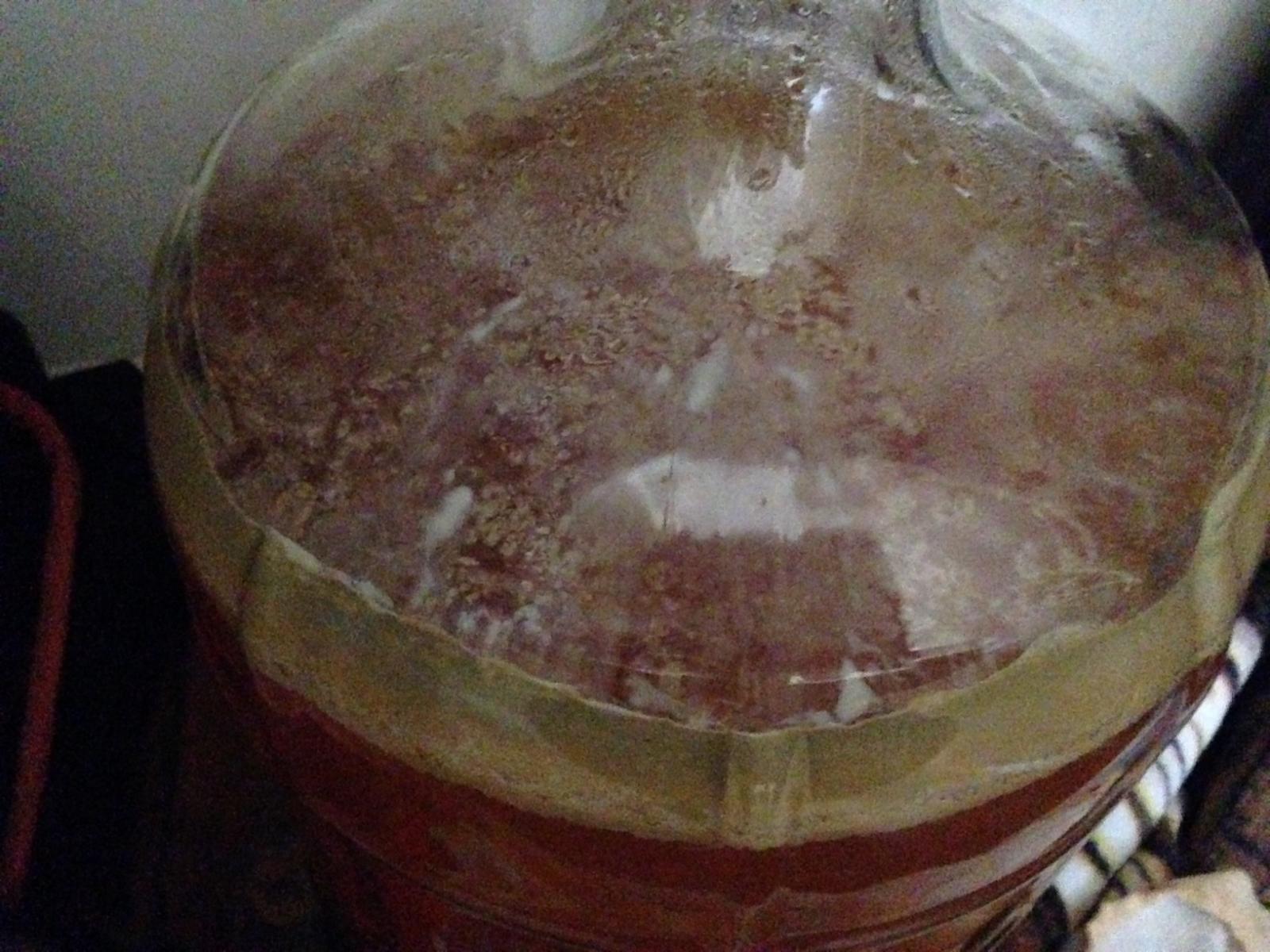Anthonie
Well-Known Member
- Joined
- Jan 16, 2016
- Messages
- 71
- Reaction score
- 4
I recently brewed a citra IPAD extract using muntons light DME and all citra hops with wyeast 1025 yeast. After two weeks fermenting I scooped up a batch to for a taste test pre bottling and the beer was transparent with a sandy look to it. I did dry hop for 5 days so the sandy look could had been the hops. Is the translucent look a bad sign? It did not taste great, but not bad either.
Full recipe: 5gal
7lbs muntons light DME
Hops:
4oz citra
Dry hop:
1oz citra
Full recipe: 5gal
7lbs muntons light DME
Hops:
4oz citra
Dry hop:
1oz citra



